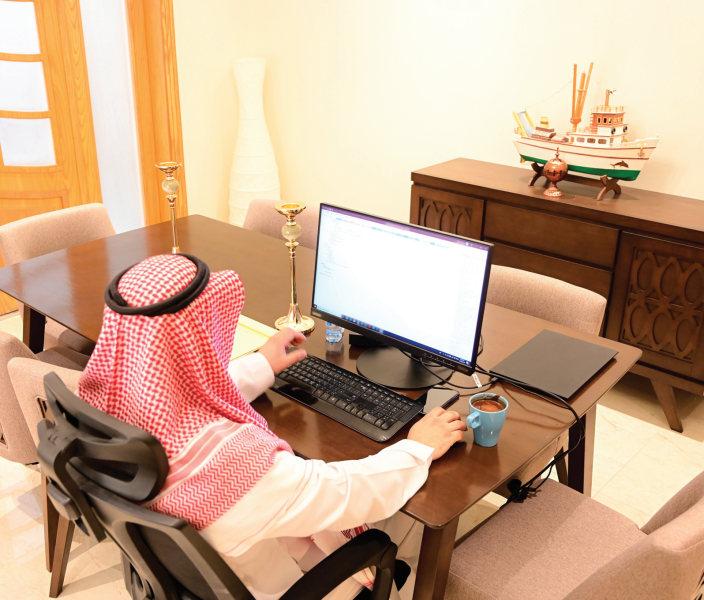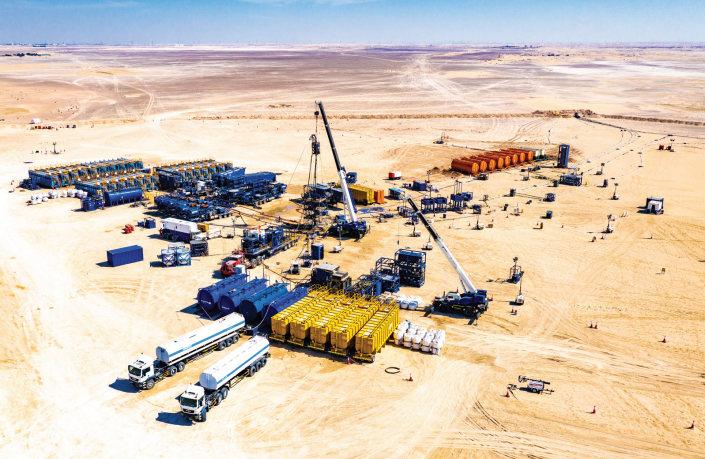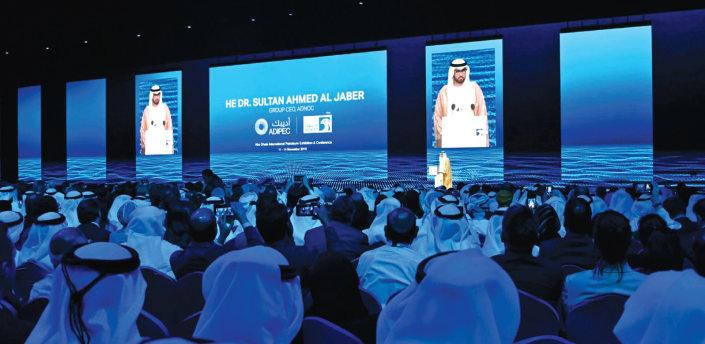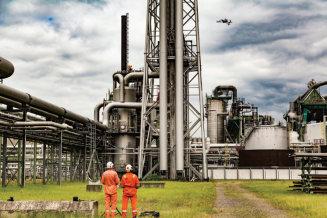
2 minute read
Standardisation for cost savings and improved performance
Reflex Marine discusses the benefits of crew transfer methods standardisation for offshore projects.
THE EMPHASIS ON cost reduction continues as the energy industry makes plans for the coming decade. Companies are consolidating in an effort to reduce cost whille gaining market share.
One way of working with cost reduction is to standardise. Standardisation leads to simplified work processes and has been proved to increase performance. Standardisation can have positive impacts in a company, in areas such as manufacturing, distribution, service and maintenance.
For all offshore projects globally, one area that could benefit from being more standardised is crew transfer. Crew transfer is an inevitable part of offshore operations, it consumes resources, can have a significant impact on project workability and with the inherent safety concerns, it must be carefully planned and evaluated with duty of care on the operator.
Standardisation of crew transfer methods across sites brings about several benefits. From an operational point of view, standardised company procedures result in improved efficiency. Crew having essential knowledge of equipment and being familiar with the pre-use inspection procedures, boarding procedures and operational parameters of the equipment used all result in safer and quicker operations. Use of standardised systems or equipment allows for simplified crew training where teams across sites can be trained together and each team member can help another when needed to ensure safe operations. In terms of inspection and maintenance of equipment, the workers can confidently complete many works inhouse when they know the products insideout. Streamlined procurement processes and universal replacement parts across various sites will create significant long-term costsavings. Standardised company procedures result in increased safety and improved operational efficiency. All this leading to cost savings long-term through better processes and less time wasted.
Reflex Marine’s additional services include maintenance and servicing (available on and offshore) and training (now also available online).
Shared services is another practice becoming more and more in demand through applying standardisation. This is where operators look for joint operations with other companies as means of saving money and time. Choosing the crew transfer methods capable of performing in the widest range of conditions is crucial to ensure that a shared crew services model will reach optimum efficiency. Marine transfer methods are used globally by the offshore energy industry, and marine transfer by crane is a key method for a range of transfer scenarios. Reflex Marine’s FROG-XT range of carriers has the highest operational capacity and an unprecedented safety record among the options available for that crew transfer method. Using a Reflex Marine carrier also translates to compliance with global standards and guidance including LOLER. The support offered by Reflex Marine’s experts helps with seamless integration of this equipment into standard procedures. Additional services offered include scheduled consignment of regular replacement parts and further assistance to streamline procedures and save costs.
In the current climate, adaptability and lean management practices, including standardisation, are key to maintaining profits. Contractors and equipment manufacturers must also put new processes in place to meet the new norms. Services offered by Reflex Marine fall well into the new requirements of operators worldwide, while marine crew transfer by crane is becoming increasingly popular among those considering sustainable and cost-efficient solutions. n









